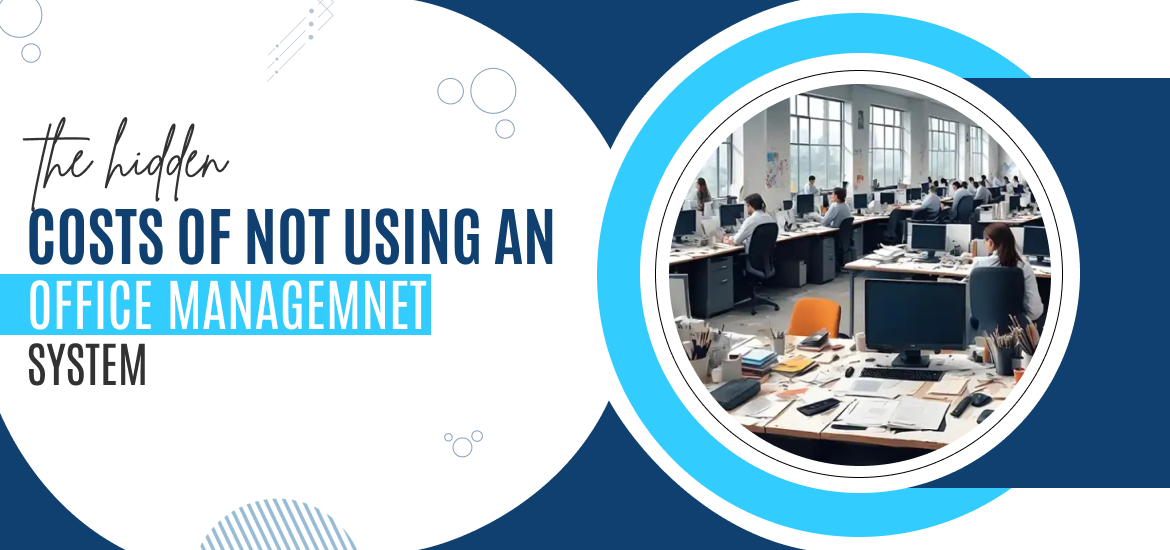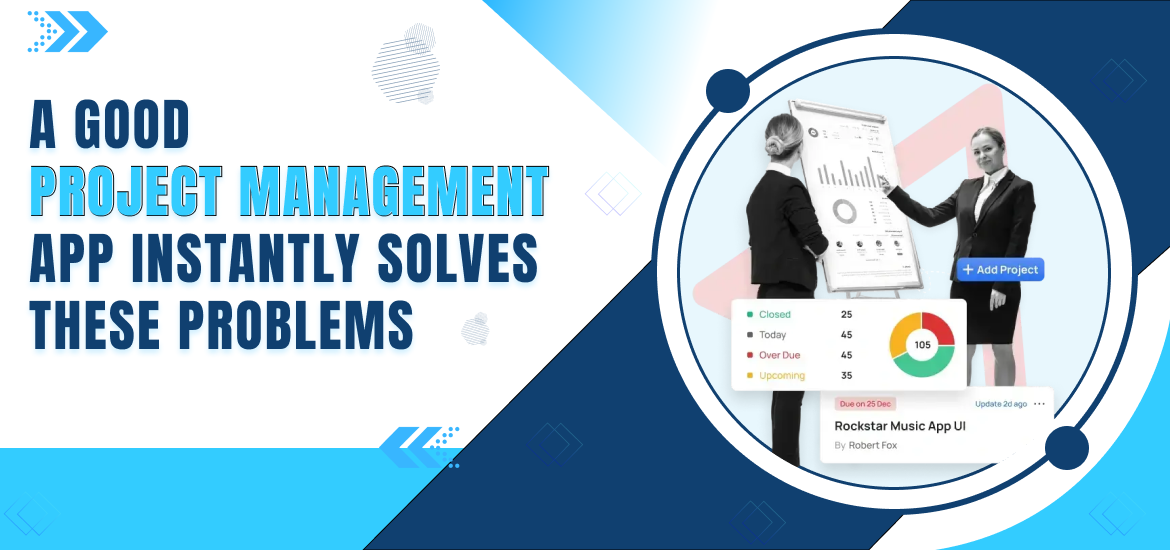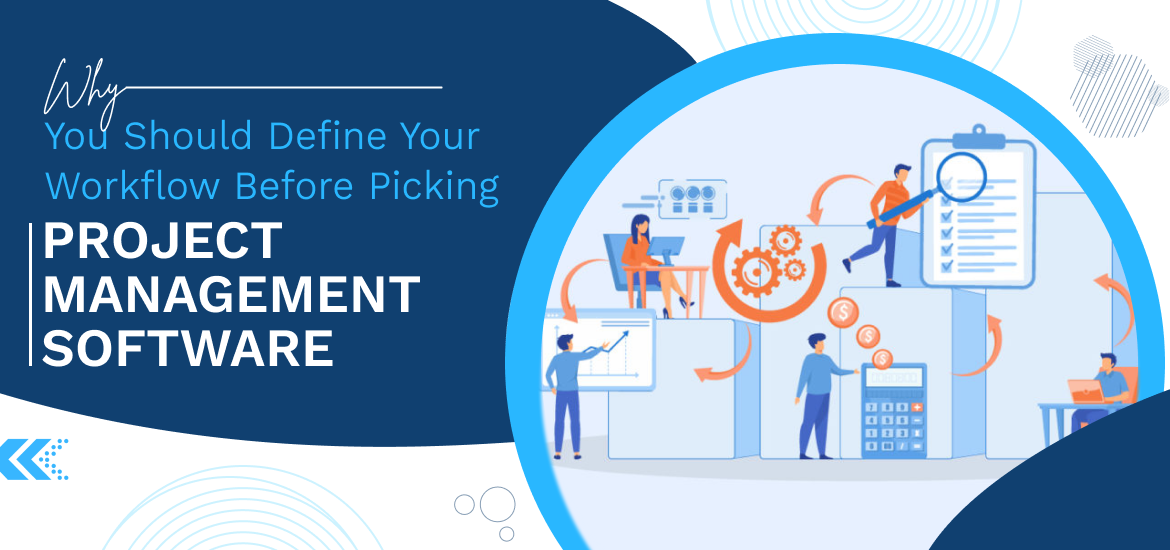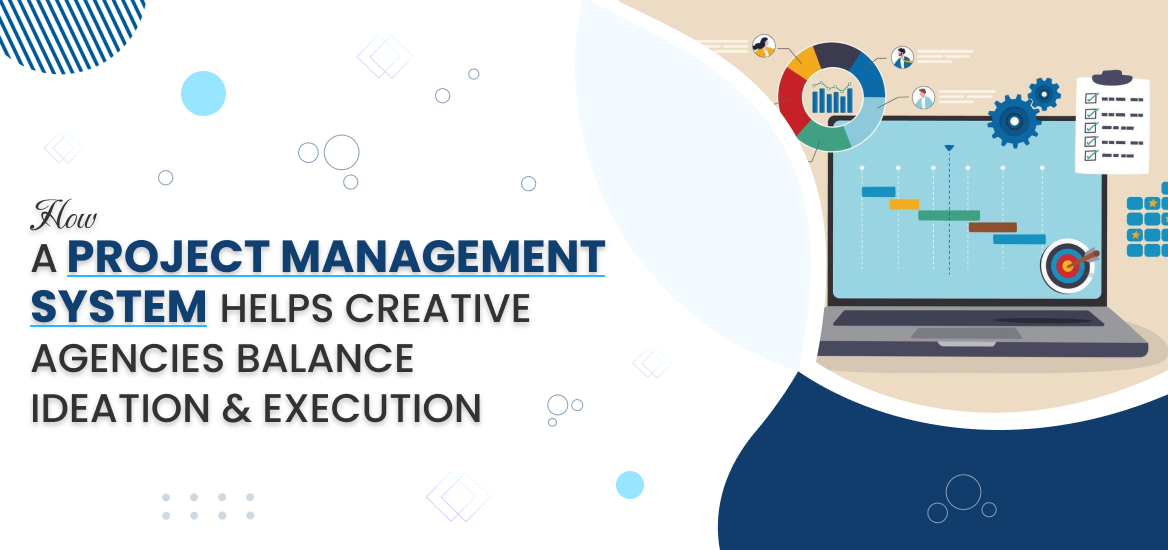
Project Management System
Why Transparency is the #1 Project Management Methodology
Oct 31st, 2025
Project management is always evolving. New business trends, technologies, and approaches constantly reshape how we deliver value. For business leaders and project managers, the challenge is not just keeping up, but discerning which changes are fundamental and worth adopting quickly.
While the tools and terms may shift, from Lean to Agile, Scrum to Kanban, one factor consistently determines success: transparency.
No matter which project management methodologies a business employs, the level of openness and visibility within the process is the bedrock of project health. Transparency is not a buzzword; it’s the operating principle that defines roles, clarifies expectations, and dictates the behavioral approach of both individuals and teams toward a project.
For stakeholders, a clear, real-time understanding of task execution and project status is paramount. The sense of awareness a robust system provides is what transforms a good working relationship into a great one. Essentially, transparency is today’s term for reliability and trustworthiness in action. Its impact is now better understood: in a modern business environment, it empowers stakeholders to feel significant and satisfied, even when they aren’t directly managing the day-to-day work.
What Transparency means in Project Management System?
In traditional project environments, updates were often shared on a “need-to-know” basis, usually when a milestone was hit or a client specifically requested an update. This approach fosters a transactional relationship, not a partnership.
True transparency comes into play when everyone associated with a project is consistently and moment-by-moment aware of the project’s direction and current status. Utilizing robust Task Management Software ensures that:
- Progress is visible: Not just for the project manager, but for everyone.
- Bottlenecks are clear: Any delays or obstacles are immediately apparent.
- Decisions are documented: The rationale behind changes is accessible.
Transparency, facilitated by modern Project Management Software, shifts the dynamic from simply reporting information to actively sharing it, creating a single source of truth for all involved parties.
Why Transparency is Significant when Overseeing Projects?
The drive for transparency is more than just about “being honest.” It is a fundamental strategy for improving performance, mitigating risk, and building long-term business resilience. Here are the core reasons why openness should be the most sought-after quality embedded within your project culture and supported by your chosen project management tools.
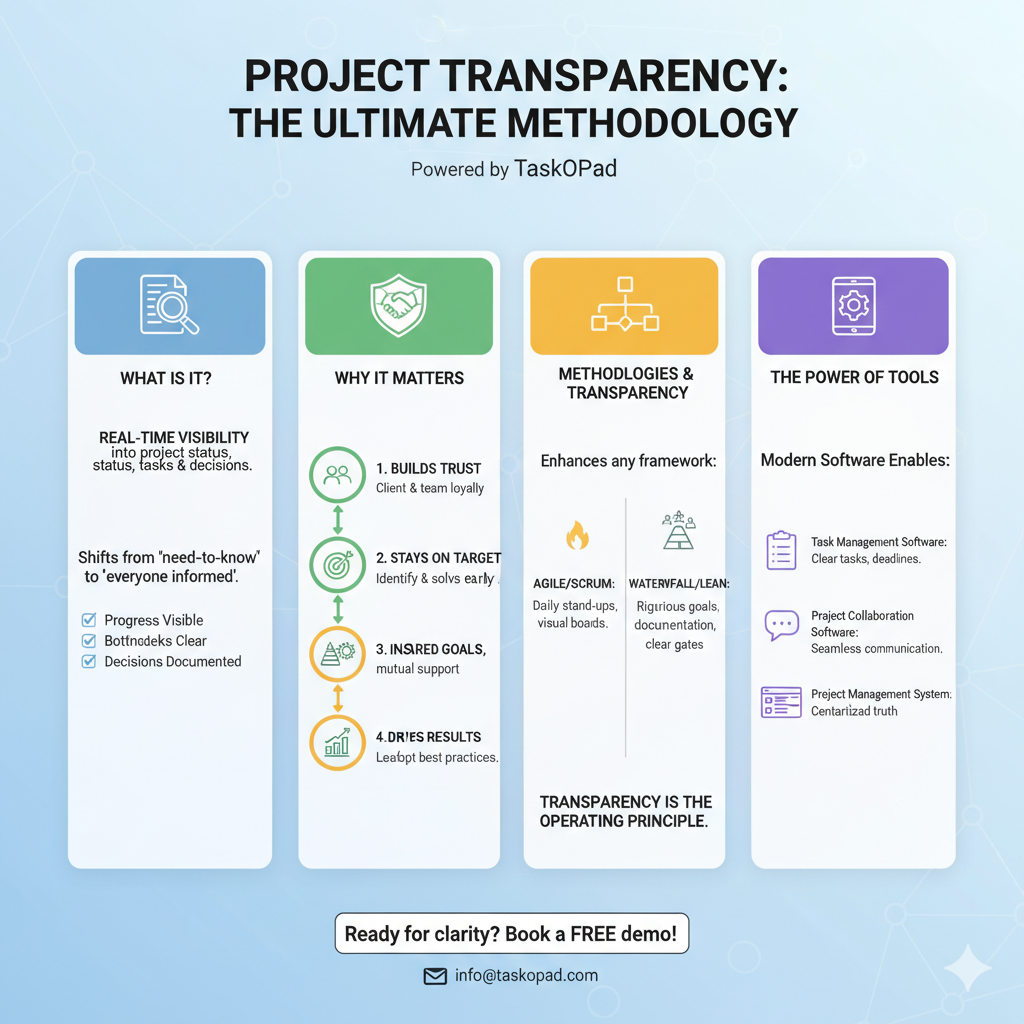
1. Transparency Builds Unshakeable Trust
Trust is the currency of both external client relationships and internal team dynamics.
When a brand consistently demonstrates transparency, end-users develop loyalty. Internally, a culture of openness means that all required and significant data is accessible. This two-way communication model leads to open relationships and significantly escalates work output.
When team members are transparent with one another, they feel empowered to take ownership, offer better service, and approach their tasks with confidence. They understand that organizational success, brought about by clear communication, directly correlates with their own professional achievement. Using a reliable Project Collaboration Software to share data openly proves to all stakeholders that the company believes in what it is doing and stands behind its process.
Also Read – How to Use a Project Management Tool to Manage Stakeholder Expectations
2. Transparency Keeps Project Goals On Target
There is a time when any venture experiences a deferral under any condition, & it is at risk for going off track and missing its deployment date. It can take just one project assignment to stall out an influence that can tear a brand’s reputation apart.
The unprecedented impact on subordinate errands doled out to various individuals can have a
combined outcome sufficiently able to push the project off course. Transparency for this situation in a project tracker tool is pivotal, so that project owners, workers, and related stakeholders can recognize the bottleneck and work out answers for the right circumstances before it turns out to be past the point of no return.
Also Read – Top Cross-team Collaboration Tips for Marketers in the Workplace
3. Transparency Instills Essential Collaboration
Effective collaboration is impossible without shared context. When a project group is fully aware of its collective goals, and individuals are clearly aware of the dependencies their work creates for others (and vice versa), they can work more effectively and firmly as a unit.
This level of insight, provided by a clear Project Collaboration Software, encourages a “special effort” attitude. Team members are more likely to proactively assist one another to finish interdependent tasks quickly because they can see the direct impact their help will have on the overall project timeline. When people can literally see how their piece of the puzzle fits with everyone else’s, they stop working in a silo and start operating as an integrated system.
4. Transparency Helps Bring Optimal Results
A transparent team can achieve far greater results than anticipated. Transparency is a clear and straightforward attitude that drives continuous improvement.
When a team member is performing exceptionally well, making their process visible allows the rest of the team to study their approach. This honest look at performance metrics, enabled by transparent Project Management Methodologies, fosters a culture where best practices are shared and quickly adopted. It removes speculation and allows data to drive the conversation about what is working, leading to a much higher standard of execution across the board.
Also Return – 7 Essential Principles for Effective Project Collaboration
Concluding Lines
Transparency is not just another trendy spoken attitude, but something that needs to be embraced to change the way of life by improving relationships. What’s more, even though transparency isn’t inseparable from guiltlessness. It is clear that transparency is essential for trust and being fruitful when it comes to project management. TaskOPad is your feature-rich project management system that assists you in increasing transparency in the workflow. Book your free demo now to include the next-gen collaboration tool in your workflow.
Search by posts
Search by posts
Recent posts
11-30-2025
Project Team Management
7 Essential Steps for Running a Successful Project Kickoff Meeting
11-29-2025
Team Communication

